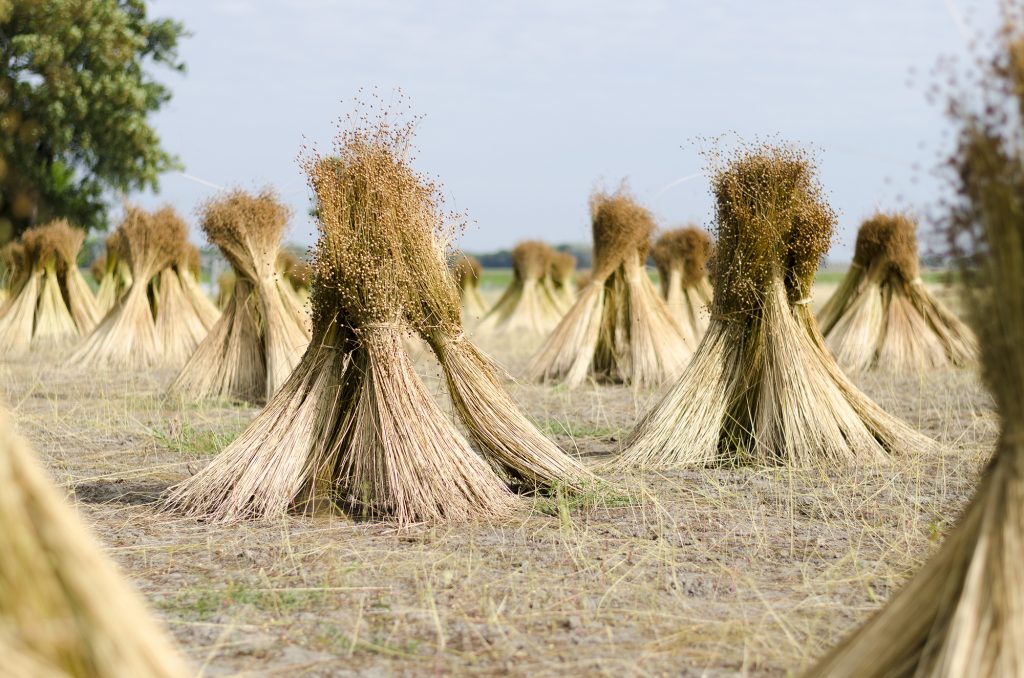Linen is the fibre of the Flax plant, also known as Common Flax or Linseed. It was the first vegetable fibre that was accepted in the textile industry. The cultivation of the plant dates back to Egypt in the 4th century B.C.
Proof that cultivation of flax existed in Europe since very remote times is found in the discovery of linen canvases in the lake houses of the Bodensee. Before the arrival of cotton and until the 18th century, linen was the most important textile fiber in Europe after wool. The linen-weaving guilds reached, after the founding of the European cities, extraordinary heights and power.
It is a fibre that, especially in this season, becomes the protagonist due to its sustainability in terms of decoration.
One hectare of flax every year retains 3.7 tons of CO2, it is an excellent crop that respects the environment and preserves the land, protects the soil and water resources (rainwater is enough to grow it) and needs very little use of fertilizers and phytosanitary products.
Fibre is inherently hypoallergenic, with antibacterial properties.
A versatile fibre, ideal for all uses and easily associated with other fibres such as polyester, linen can be used in all densities.




